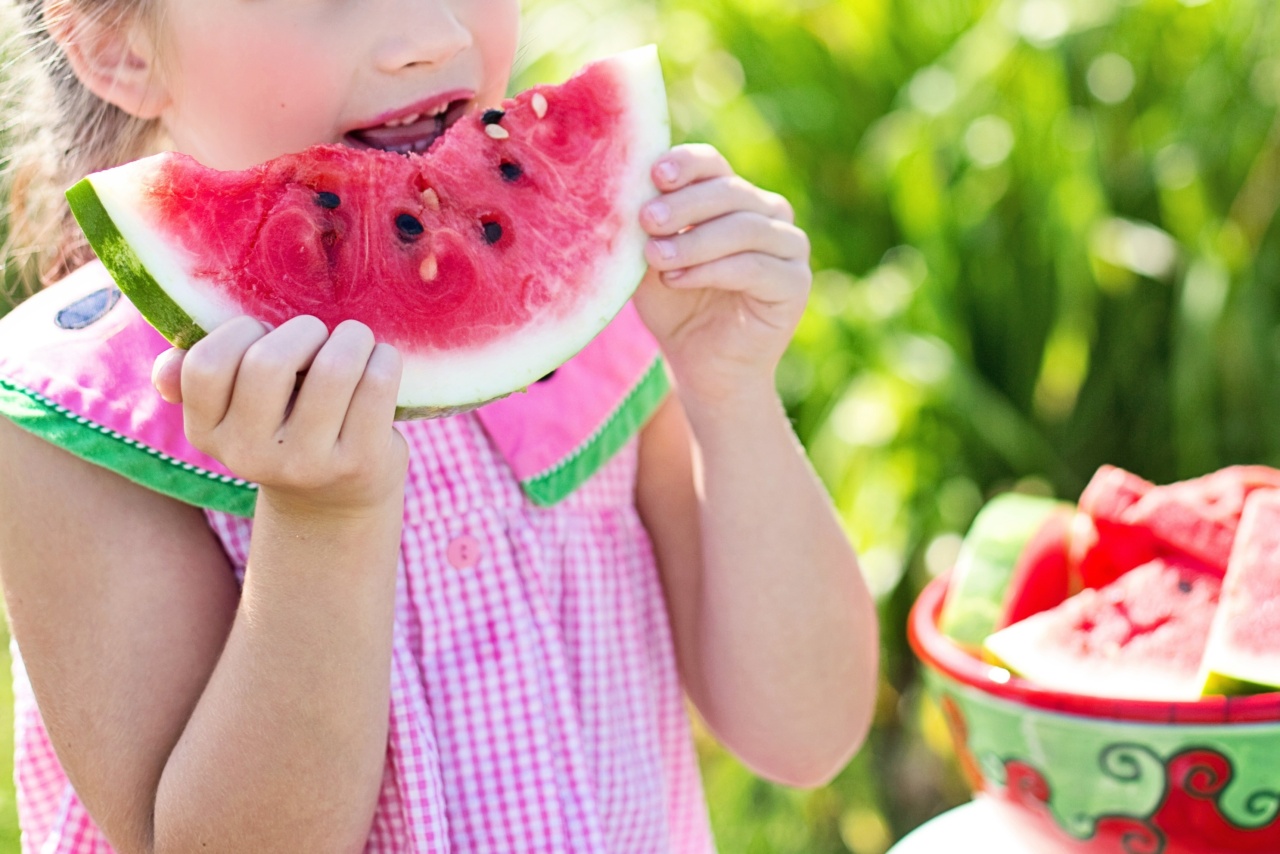Red eggs are a popular delicacy that has been consumed in various cultures for centuries. They are especially common during celebrations, such as Easter, where they symbolize rebirth and new beginnings.
With their vibrant color and delicious taste, red eggs often attract the attention of children. However, parents may wonder how many red eggs are safe for their kids to consume. In this article, we will explore the nutritional value of red eggs, potential risks, and guidelines for their consumption to ensure the well-being of your children.
The nutritional value of red eggs
Red eggs are a good source of essential nutrients and can contribute to a healthy diet for children. Let’s take a closer look at the nutritional composition of red eggs:.
1. Protein
Eggs, in general, are rich in high-quality protein, which is crucial for the growth and development of children. Red eggs provide approximately six grams of protein per egg, making them an excellent protein source.
2. Vitamin A
Vitamin A is essential for maintaining good vision, promoting a healthy immune system, and supporting organ function. Red eggs contain a fair amount of vitamin A, which is concentrated in the egg yolk.
3. Vitamin D
Vitamin D is crucial for bone health and the absorption of calcium. Red eggs contain a small amount of vitamin D, although the concentration may vary depending on the egg’s source and the hen’s diet.
4. Iron
Iron is necessary for the production of healthy red blood cells and for carrying oxygen throughout the body. Red eggs contain a moderate amount of iron, making them a valuable dietary addition for preventing iron deficiency in children.
5. Choline
Choline is an essential nutrient that plays a vital role in brain development and function. It helps with memory, mood regulation, and cognitive processes. Red eggs are a good source of choline, providing approximately 150 milligrams per egg.
Potential risks and considerations
While red eggs can be a nutritious addition to a child’s diet, there are a few risks and considerations to keep in mind:.
1. Allergies
Some children may have an allergic reaction to eggs, including red eggs. It is crucial to be aware of any potential allergies your child may have and to consult a pediatrician if you suspect an egg allergy.
2. Salmonella contamination
Raw or undercooked eggs, which may be present in red eggs, can potentially contain Salmonella bacteria. These bacteria can cause foodborne illnesses, especially in children with weaker immune systems.
It is essential to ensure that the red eggs are properly cooked to minimize the risk of Salmonella contamination.
3. Moderation in consumption
While red eggs can provide a range of nutrients, it is important to remember that they should be consumed in moderation.
Too many eggs, regardless of their color, can contribute to excessive cholesterol and saturated fat intake, which may increase the risk of heart disease. It is recommended to balance egg consumption with a variety of other nutrient-rich foods.
Guidelines for safe consumption
To ensure the safe consumption of red eggs for children, consider the following guidelines:.
1. Age appropriateness
Introduce red eggs to your child’s diet once they are at least six months old and have started consuming solid foods. Always consult with your pediatrician or healthcare provider before introducing new foods to your child.
2. Proper cooking
Ensure that red eggs are thoroughly cooked before consumption. Hard-boiled eggs are generally safe to eat. However, avoid serving any eggs with runny or undercooked yolks to minimize the risk of Salmonella contamination.
3. Quantity
Moderation is key when it comes to the consumption of red eggs. Incorporate them as part of a balanced diet and avoid excessive intake. One or two red eggs per week is a reasonable amount for most children.
4. Variety
While red eggs can provide nutrients, it is important not to rely solely on them for your child’s nutritional needs. Encourage a diverse diet that includes a wide range of fruits, vegetables, whole grains, and other sources of protein.
Conclusion
Red eggs can be a nutritious and enjoyable addition to a child’s diet when consumed in moderation and with caution. As with any new food, it is crucial to be aware of potential allergies and ensure proper cooking to prevent foodborne illnesses.
By following the guidelines outlined in this article, parents can safely incorporate red eggs into their children’s meals, allowing them to appreciate the cultural significance and health benefits of this vibrant delicacy.































